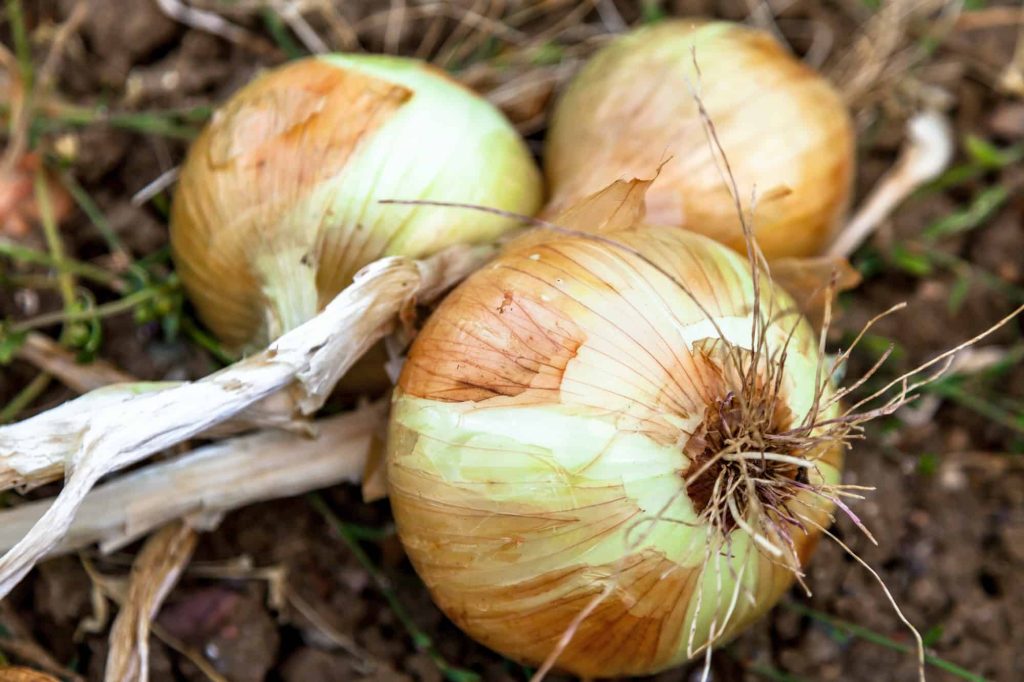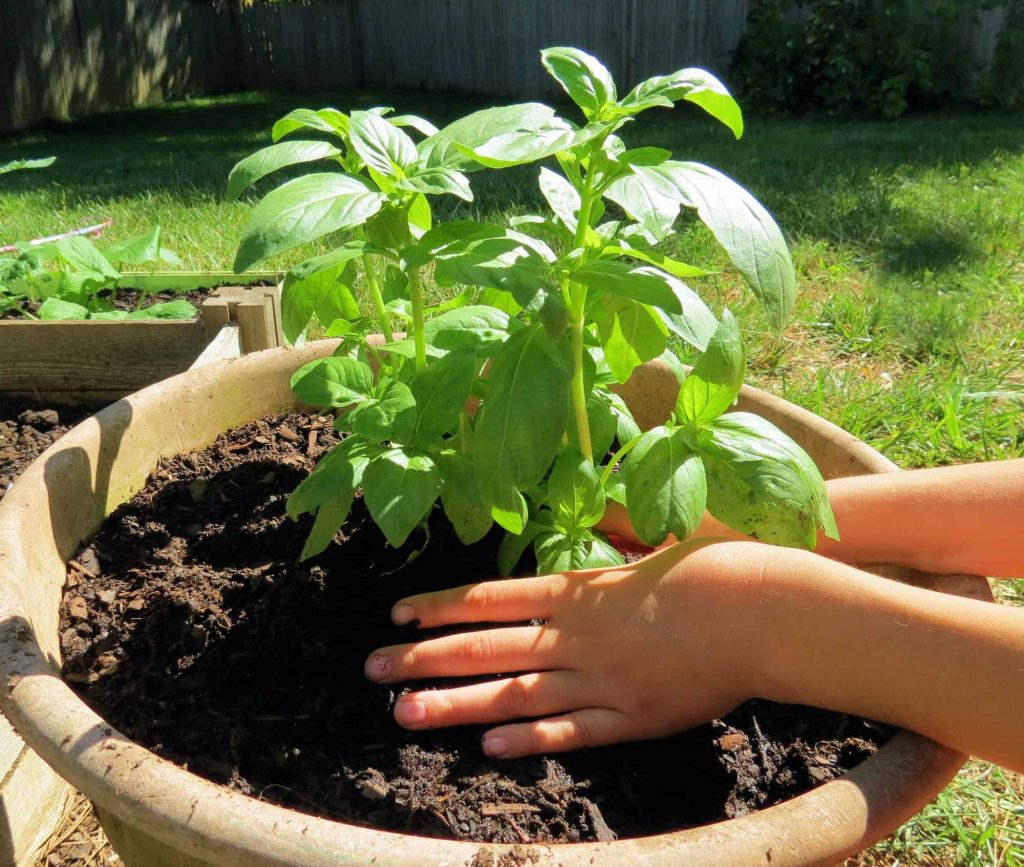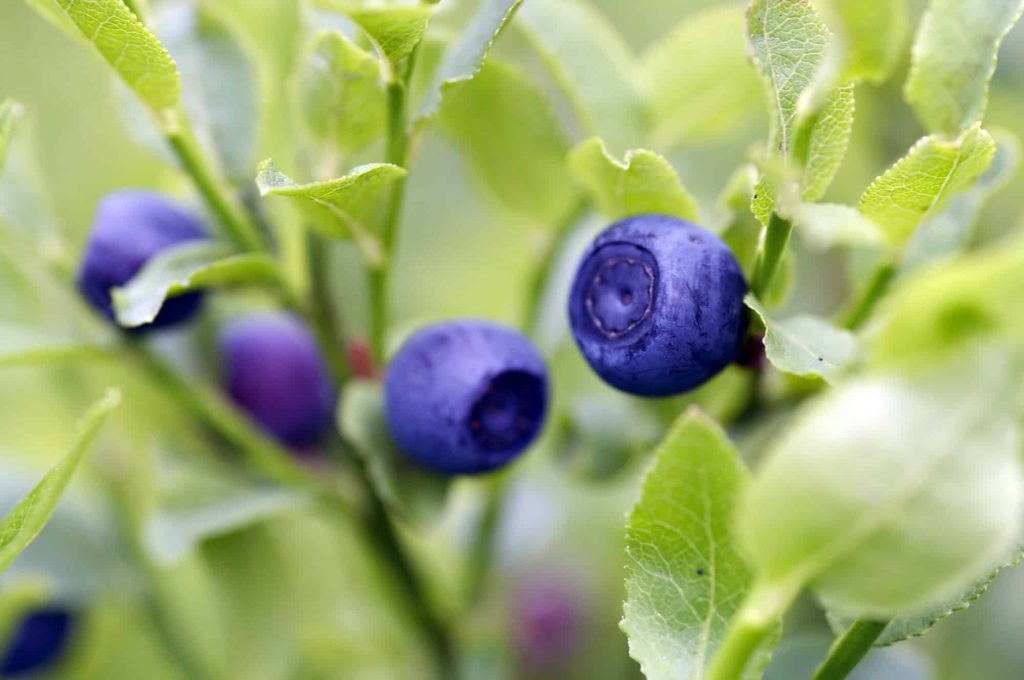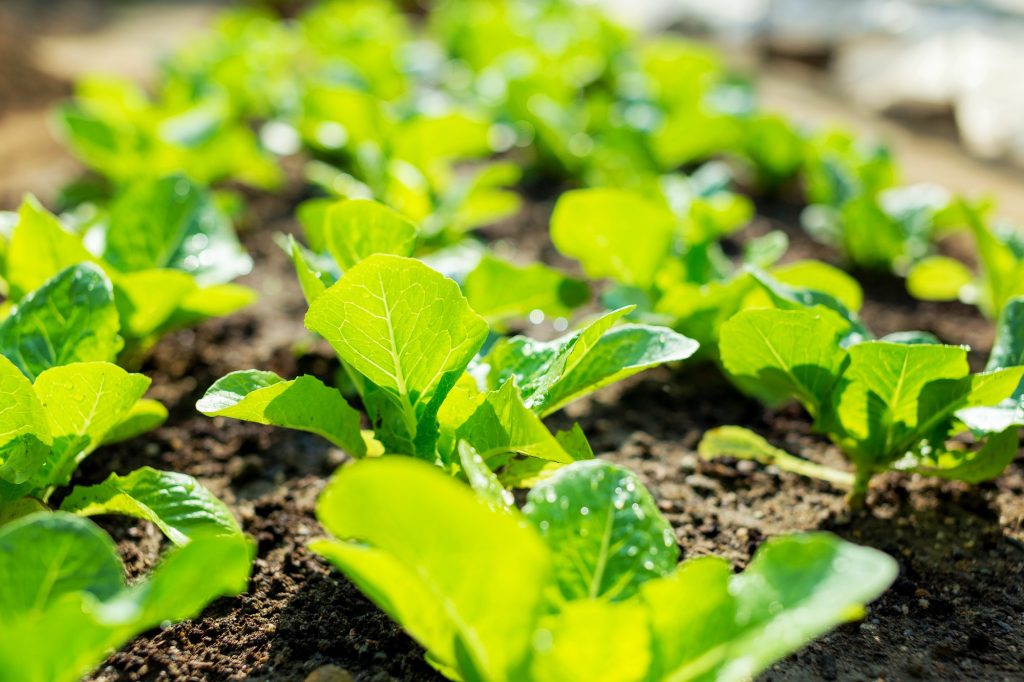It is easier to cultivate lettuce if you understand the growth guide. We’ve done a couple on HomeProMag from varieties of lettuce to grow in your garden to how to properly harvest lettuce, so it keeps growing.
Every gardener knows that lettuce thrives on healthy, well-drained soil with a temperature range of 40 to 85 degrees Fahrenheit. After 30 days of planting, if you give this perennial crop these requirements, you’ll have a plentiful harvest.
Some excellent plants to grow with lettuce plants are asparagus, eggplants, chervil, dill, strawberries, watermelon, onions, calendula, basil, blueberries, beans, nasturtium, reddish, and parsnips. Lettuce plants adapt really fast to their spacing so there are lots of plants that do great with it. It’s not a great idea to grow plants such as foxglove, fennel, blueberries, and most plants in the brassica family.
Lettuce companion planting contributes to the nutritious content of your lettuce.
Companion planting qualifies it to be medicinal and beneficial to one’s health. It also makes it easier for it to mix in with other salad staples and act as a culinary ingredient.
15 Best Lettuce Companion Plants
Companion planting has helped many plants reach their full potential. The fear of harvesting a lettuce vegetable with leaves damaged by pests can be suppressed with companion planting. It eliminates root diseases, and pest infestation, and helps conserve the nutrients of a plant.
1. Asparagus
Lettuce prefers to be exposed to direct sunlight but in cases where the weather is too hot, it will need a mulch and asparagus can serve this purpose. Asparagus leaves are big enough to protect your lettuce from harsh weather which can cause it to wilt.
2. Beet
Lettuce absorbs a significant amount of nutrients from the earth. Minerals in the soil are depleted as a result of this. Magnesium, a vital ingredient in the soil, can be added to your garden by beets. They also provide your lettuce more room in the patch, which encourages it to thrive.
3. Strawberries

Strawberry plants are interplanted with lettuce beside garlic plants. Strawberries, when planted with lettuce in the same location, give mulch and aesthetic value. It also frees up extra space in the landscape. Garlic, when grown in the same patch, acts as a pest repellent.
4. Calendula
This is a marigold flower species. It’s self-sacrificial because it attracts slugs that feed on it instead of eating your lettuce plants. Calendula invites pests, but not to the point where lettuce is affected. Marigold plays a major role in keeping pests at bay. It’s a selfless flower that guards your lettuce against being devoured.
5. Beans
Beans pair well with lettuce and a wide range of other vegetables. Growing beans alongside your plant improve soil nutrients and provide shade because legumes are covered crops. You should not, however, plant your beans in soil that has already harbored ill plants. You’ll be surprised to know that your beans will be affected by the same ailment.
6. Eggplants
Eggplant grows in the summer season and can withstand harsh weather. It doesn’t have much to offer only that after you have harvested your lettuce from the garden, eggplant can succeed it on the same patch.
7. Nasturtium
Nasturtium is a favorite for aphids, and they are drawn to it. Instead of attacking your lettuce, these pests will go after the nasturtium. It performs a similar function to Calendula. When planting it, keep it as far away from your Lettuce as possible.
8. Onions

The scent of onions works wonders in the garden. It’s important to note that plants in the Allium family are known for repelling pests. Dangerous pests like aphids and cabbage moths will steer clear of lettuce when you grow onions with it.
9. Radish
Have you ever tried a dish with radish and lettuce?. The two go along beautifully not only in the garden but also in the kitchen. Lettuce improves the flavor of radish as well. Radish is an enemy of the principal pests that attack lettuce, hence radish protects lettuce from bugs.
10. Dill
Dill attracts insects that feed on the bugs that could destroy your lettuce. It’s a natural pest management method that saves you money on pesticides. It thrives in the same soil as your lettuce when planted with beans.
11. Chervil
Slugs are the worst enemies of lettuce, much as cabbage moths are the worst enemies of cabbage. You won’t have any problems with this because Chervil can get rid of the slugs that are devouring your lettuce leaves.
12. Basil

Basil and mint serve a similar purpose. Basil is also a herb that enhances the flavor of any plant it grows with. Your lettuce produce will taste better and will be mosquito-free as well.
13. Peppermint
Another plant that will keep deadly slugs out of your yard is this one. Growing this herb near your lettuce will protect it from slugs, allowing you to have a higher yield.
14. Watermelon
The proper maturation of a lettuce plant takes 30 days. If you want to save room in your yard, plant watermelons near your lettuce.
15. Parsnips
Lettuce is a deep-rooted vegetable while parsnips spread their roots underground which means it makes use of the space underground. It prevents your lettuce from getting choked up and gives it enough space to spread its roots.
What Not to Grow Near Lettuce
The fact that lettuce grows well with more than 25 plants does not mean it can withstand all of them. The growing requirements of lettuce differ from those of other plants, making them unsuitable as partners.
1. Fennel
Growing fennel in your garden is a no-no. It’s on the list of plants that don’t get along with a lot of other plants. It is a bad companion, though if you cultivate it with your lettuce, it will keep pests at bay. However, it is not recommended that you cultivate it in your garden because it will stifle the growth of your lettuce which might lead to the death of your plant.
2. Other Brassica Plants
Allelopathic plants are plants that harm the growth of other plants. They produce toxins that prevent plants from growing. Cabbage plants are included in this category. Apart from the fact that lettuce and brassica are both heavy feeders and may deplete one another of nutrients, brassica will also prevent seed germination of your lettuce.
3. Blueberries

This fruit necessitates a different type of soil than lettuce. Planting them together is akin to attempting to solve an equation that will never be solved. Lettuce thrives in neutral soil, whereas blueberries grow in acidic soil. They are inappropriate for each other due to their differing needs.
4. Foxglove
Aphid is a pest that infects almost all vegetable plants. Avoid cultivating foxglove alongside lettuce if you want to have a high harvest.
Lettuce Companion Planting Guide
As we’ve done for most plants we’ve covered on this site, here are some companion planting tips for lettuce.
- Temperatures between 40 and 85 degrees Fahrenheit are ideal for growing lettuce.
- The best time to plant lettuce is in the late summer.
- Before transplanting to the garden, start by planting your lettuce in a pot.
- Brassicas, in general, prefer full sun, and lettuce is no exception. To get the most out of lettuce, place it in direct sunshine.
- Cultivate your lettuce on fertile and well-drained soil.
- A 1/2-inch depth is all you need to get your lettuce sprouting.
- Allow at least 12-18 inches between your lettuce and other vegetables.
- Your lettuce doesn’t require an excessive amount of water to grow, thus light watering will do.
Can lettuce and basil be planted together?
Basil and lettuce have a unique interaction in which neither of them benefits from the other or has a detrimental impact on the other.
Can you plant lettuce in the same place every year?
Rotating the crops you plan on your patch every year is the greatest method to receive the best yield. It’s not wrong to plant lettuce every year, but doing so increases the risk of pest infestation or nutrient depletion in the soil.
Can I plant lettuce with potatoes?
Because lettuce is a shallow-rooted crop, it will benefit from the presence of potatoes on the farm because it will not fight for nutrients with it.
How Long Does It Take Lettuce to Grow?
It just takes 30 days for your lettuce to reach full maturity. It is, nevertheless, possible to harvest it after 45-60 days.
What can you not plant with lettuce?
Lettuce should not be grown with brassicas. Because lettuce is a member of this family, it is susceptible to the same pests and illnesses. They are also heavy feeders who will compete for nutrients with one another. Blueberries, foxgloves, and fennels are some more plants to avoid.
What plants does lettuce grow well with?
Lettuce appears to complement a wide variety of vegetable and herbaceous species. Celery, basil, dill, onions, and other plants fall into this category.
How far apart should romaine lettuce be?
To aid lettuce growth, the distance between plants should be no less than 18-24 inches.
Conclusion
You now have a list of companion plants to investigate further. So, get ready to choose any to put an end to insect activity in your garden and maximize your lettuce harvest. Also, avoid cultivating plants that may suffocate your lettuce.
More companion planting guides:

